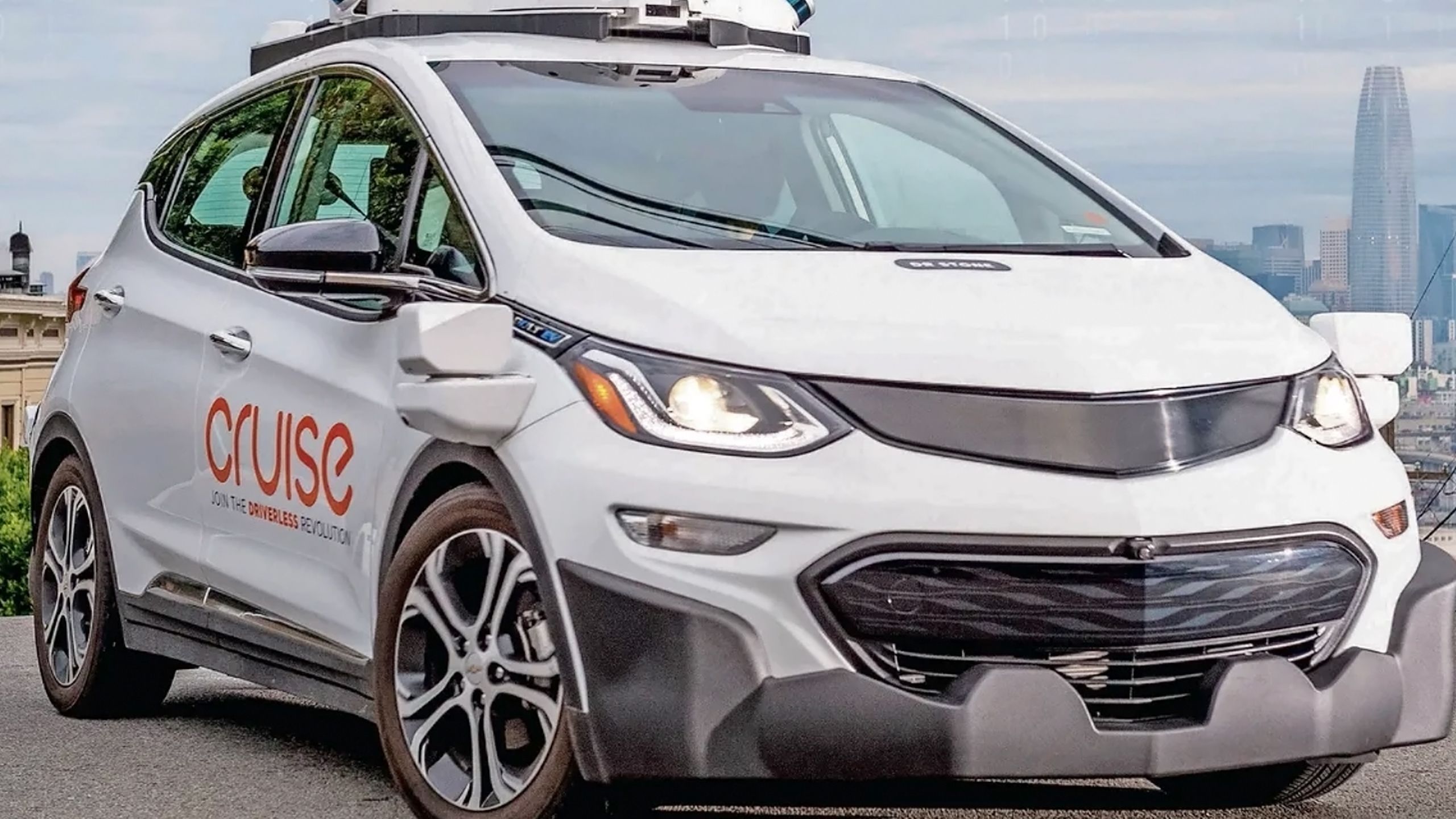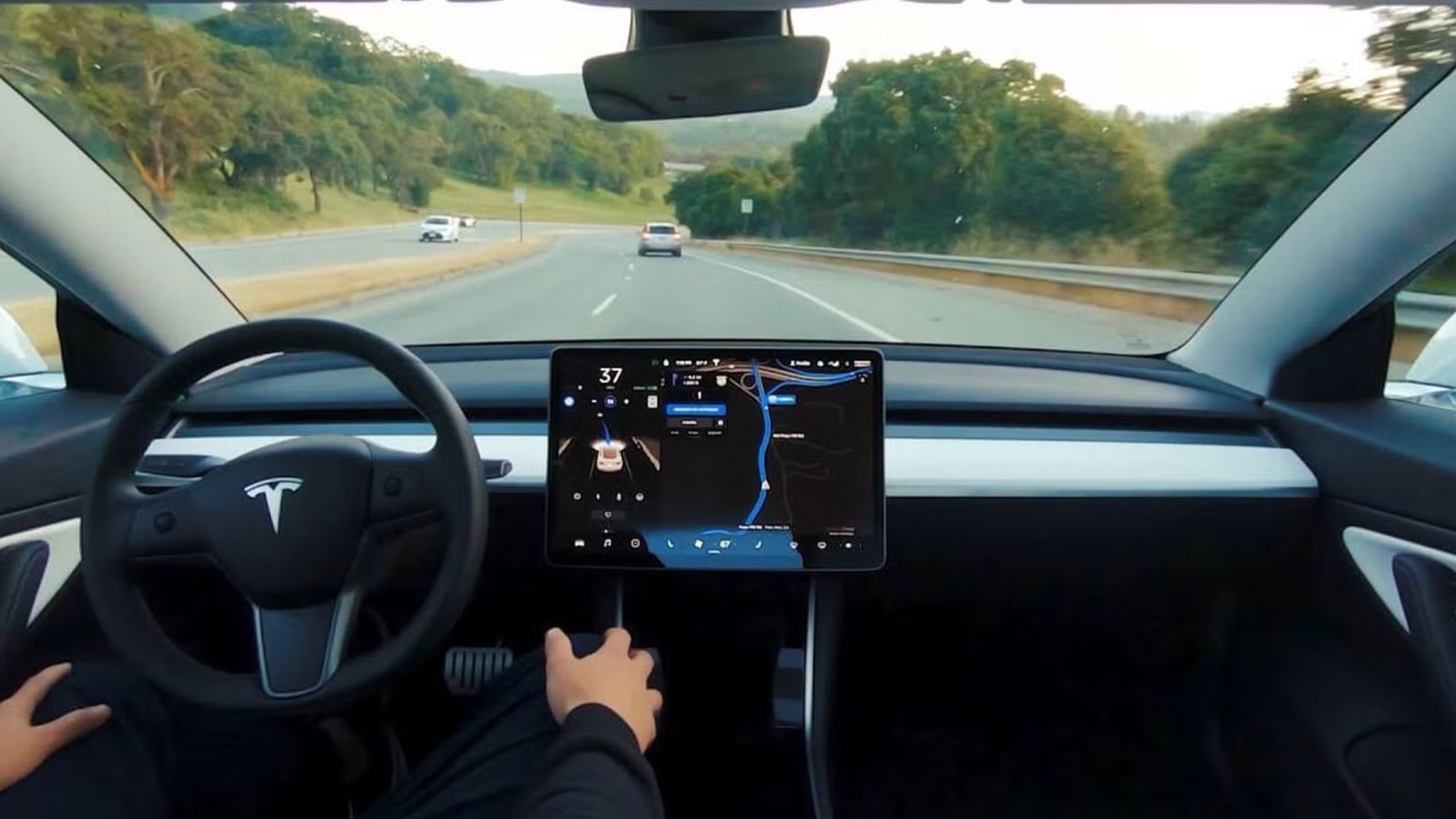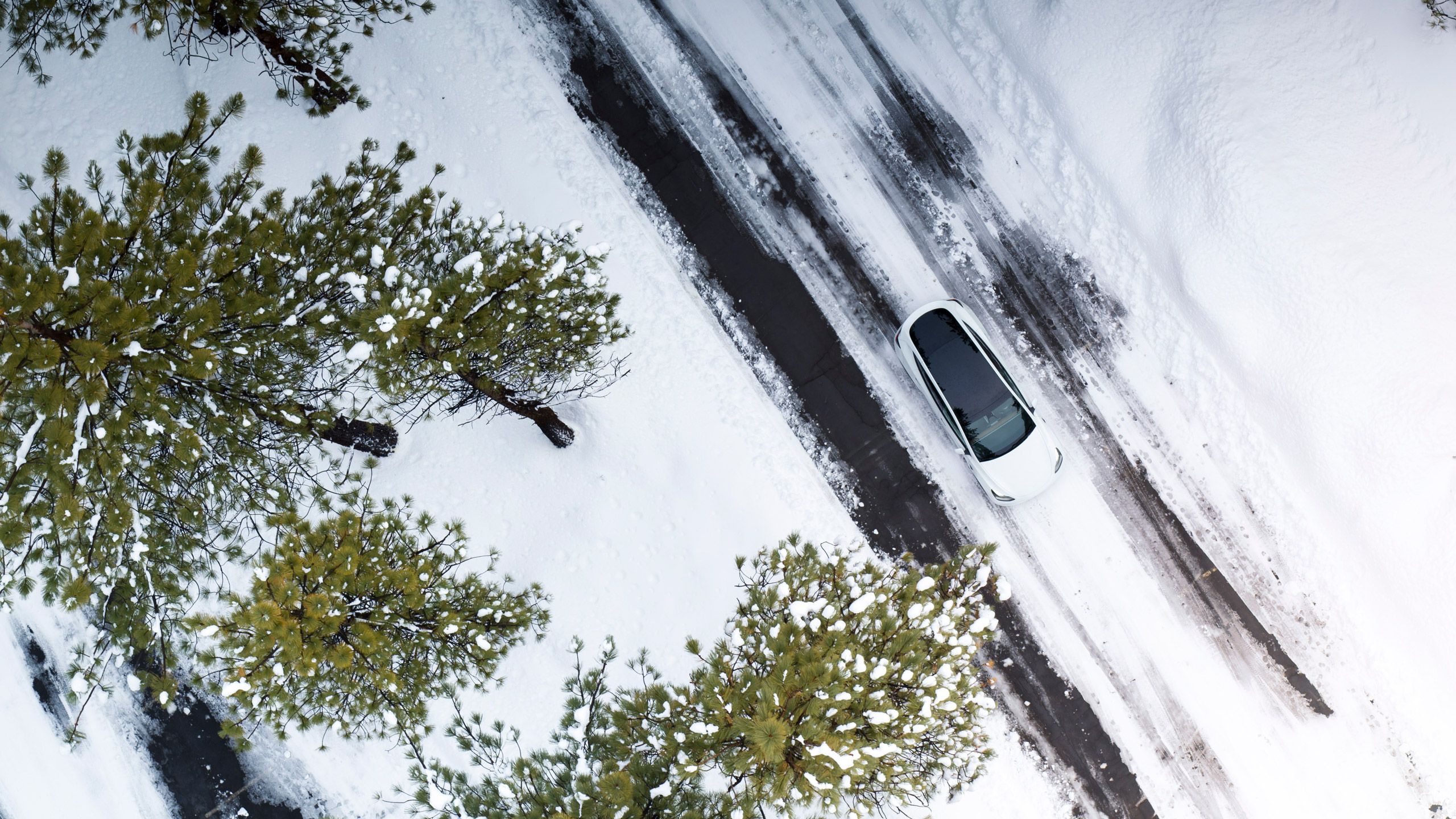Abstract
- Whereas security stays a severe concern with self-driving automobiles, present fashions appear extra more likely to trigger visitors snarls with extreme warning.
- Wider adoption can also be being hampered by an incapability to cope with numerous highway situations, even in good climate.
- We could have to attend for a Tesla successor and/or extra knowledge assortment by robotaxi companies.
I recall that when firms like Google started testing self-driving cars round a decade in the past, the rapid fear of almost everybody was security. Which is smart — a glitch in a Home windows app is inconvenient, a glitch with an AI driver could possibly be deadly. And even when AI is working completely, driving is a posh activity. It requires maximal situational consciousness, together with a way of what pedestrians and different drivers are about to do. Us people usually fail at predicting one another, overlook a few machine.
As of late, nonetheless, the actual limitations to a self-driving future appears to be extreme warning about security, in addition to the lack of AI to adapt to the varied locations individuals reside. It has me pondering that firms like Google and Tesla have been at all times too optimistic, and that we’ll be fortunate to see self-driving tech change into widespread by 2030, and even 2035.
Associated
Everything you need to know about PEVs, or personal electric vehicles
You should use PEVs to discover, run errands, or velocity up your commute.
The panic about security
A query of proportions
GM/Cruise
To be clear, security continues to be a really legitimate concern with self-driving automobiles. A whole lot of individuals have been injured by them, and dozens have been killed, and that is simply within the US. It is troublesome to seek out slender statistics, however Craft Law Firm claims that between 2019 and June 2024, the nation suffered 83 associated fatalities and 58 severe accidents.
That sounds horrible — and it’s, since each dying is a tragedy a technique or one other — however these statistics are considerably deceiving. First, they embody “superior driver help techniques,” reminiscent of Tesla’s Autopilot and (misnamed) Full Self-Driving modes. These are meant for use in tandem with a human driver, and sometimes, they are not even geared up to take an individual all the best way from level A to level B. In these circumstances, they will assist with duties like cruise management, lane modifications, or parking, however in any other case go away you by yourself.
US knowledge means that self-driving techniques aren’t wreaking any extra havoc than regular.
Craft’s stats additionally omit the broader image. The US National Highway Traffic Safety Administration recorded 40,901 fatalities in 2023 alone, and just lately estimated 39,345 for 2024. Deaths linked to autonomous driving are a drop within the bucket, regardless of the rising availability of driver help techniques, and the slowly increasing attain of robotaxi firms like Alphabet’s Waymo and Amazon’s Zoox.
That means that whereas regulators and the general public want to stay vigilant — and know-how wants to enhance — self-driving techniques aren’t wreaking any extra havoc than regular.
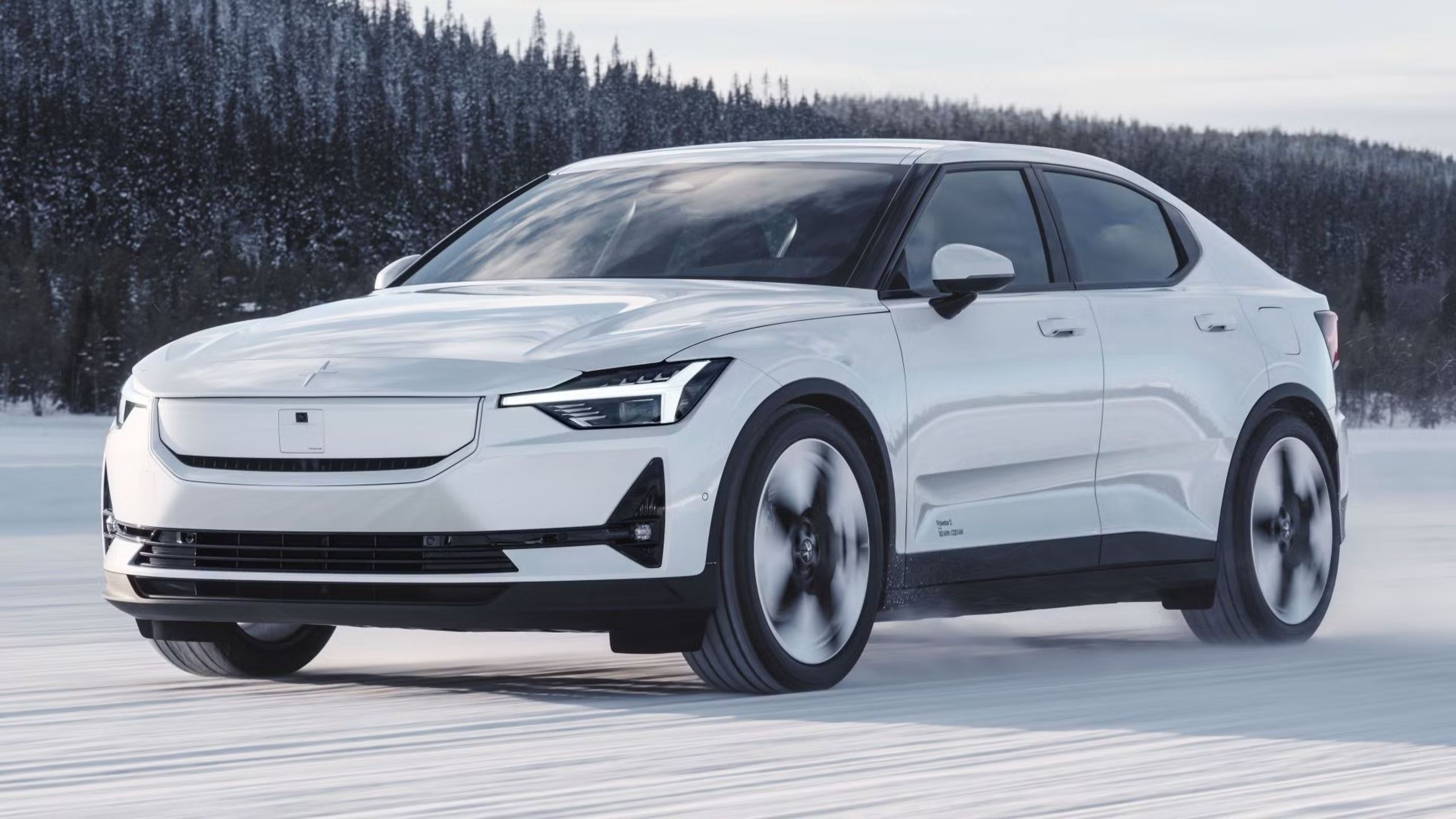
Associated
5 things you might not know about driving an EV in cold, snowy weather
It is completely tremendous to personal in EV in locations the place you possibly can go sledding or snowboarding.
Taking security measures too far?
A comedy of errors
Tesla
As a result of self-driving tech is comparatively new and underneath intense scrutiny, firms are frightened of dropping enterprise to new laws, revoked licenses (a la GM’s Cruise), or just detrimental public opinion. That is led to robotaxis being nearly comically overreactive to potential threats. They have an inclination to maneuver slowly, and there are repeated anecdotes of them stopping apropos of nothing, inflicting visitors jams.
You may additionally have seen these movies of a Waymo car parking zone in San Francisco, the place the corporate’s personal automobiles will cautiously jostle for spots, afraid to be extra aggressive. In the summertime of 2023, Waymo was pressured to apologize after residents close to that lot have been saved awake by taxis honking their horns at one another.
I might relatively have timid automobiles than a surge in accidents, but automakers are sometimes inflicting hassle within the identify of stopping it.
With individually-owned autos, a unbroken difficulty is disengagement — autonomous techniques forcing a human to take over as a result of they do not know the right way to deal with one thing. In its first three months ending in March 2025, even Tesla’s v13 Full Self-Driving (FSD) software program managed simply an 86.6% success price for journeys with out disengagements, with a median of 495 miles (797 kilometers) between incidents — and that is in line with the corporate’s personal knowledge. That is dramatically wanting a long-term, human-like objective of 700,000 miles, and clearly, most individuals would favor AI that is superhuman. That is the purpose, is not it?
Merely put, self-driving automobiles are sometimes too timid in the intervening time. I might relatively have that than a surge in accidents, but automakers are sometimes inflicting hassle within the identify of stopping it. There must be some center floor — although there’s in all probability a purpose we have not seen it but.
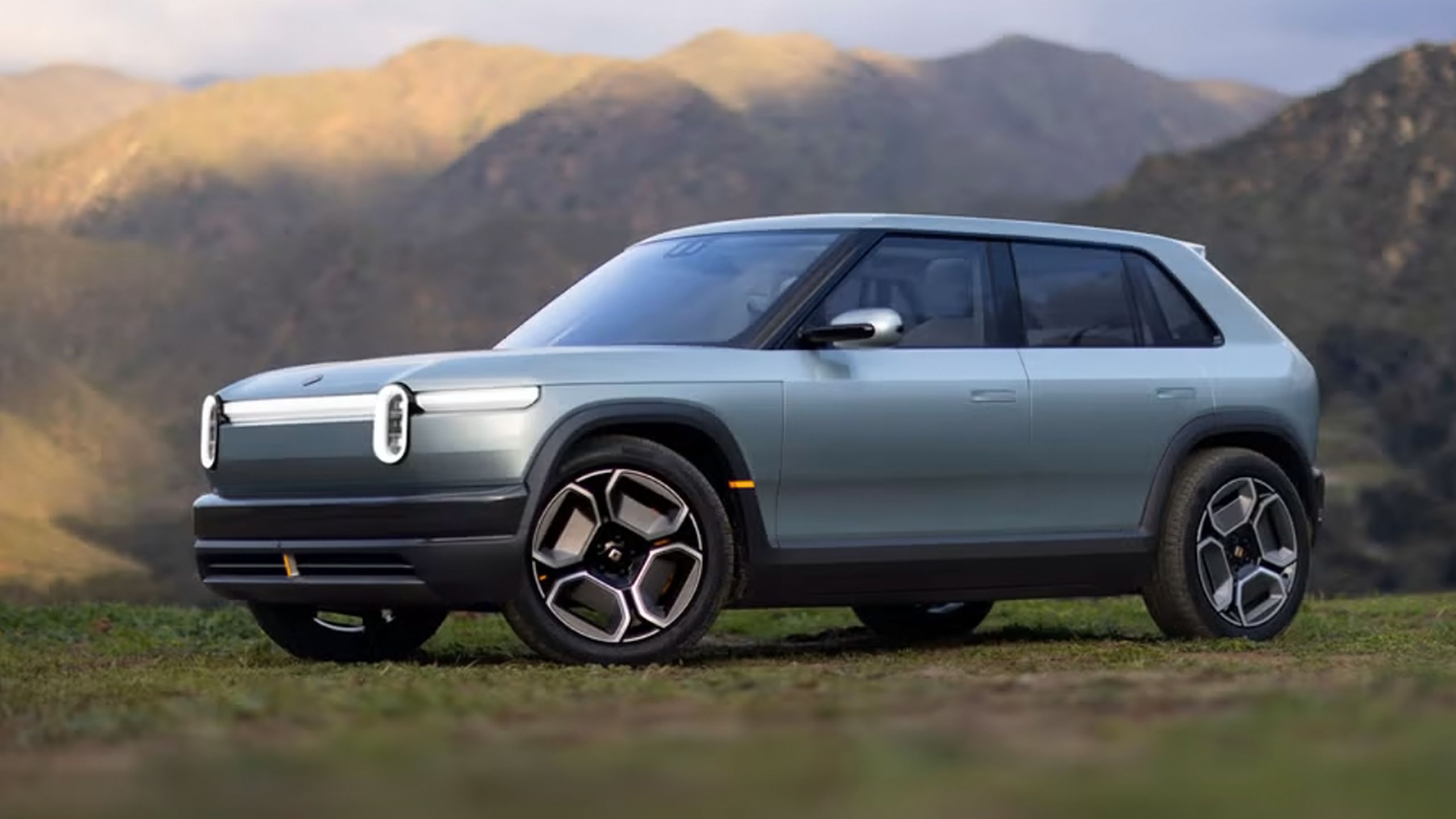
Associated
I hope the Rivian R3 will be the vehicle to topple Tesla
Tesla will not shrink and vanish in a day, naturally.
When is Waymo coming to Milwaukee?
The shortcoming to adapt
Tesla
On the root of this timidity is the truth that, regardless of hundreds and hundreds of miles of testing, self-driving platforms stay unable to cope with the complexities of real-world situations. Tesla’s FSD sometimes fails to execute fundamental turns, since it could possibly get confused by what it is allowed to do at a given intersection. And if that is an issue, it is no surprise self-driving automobiles generally battle with issues like passing, or pedestrians all of the sudden bolting throughout the road.
There may be hope for the long run, however we’re cursed to reside in fascinating occasions.
Furthermore, there is a purpose Waymo solely operates in Austin, Phoenix, Los Angeles, and San Francisco in the intervening time, after which solely in particular components. These cities hardly ever see any snow or ice, and their streets are (largely) well-ordered. Robotaxis are likely to battle in winter situations, and the extra grid-like a metropolis is, the better it’s to navigate whereas avoiding highways (if doable). You will not discover any robotaxis in a snowy metropolis like Milwaukee, and it might be years earlier than they begin displaying up in rural cities. These locations usually lack EV charging infrastructure, in addition to well-maintained roads with clear indicators and markings for AI to observe. I might belief a taxi to take me from The Triangle to Elysium in Austin — however possibly to not Dripping Springs.
There may be hope for the long run, however we’re cursed to reside in fascinating occasions. Tesla is battling many points, above all of the backlash towards Elon Musk, making any leaps ahead in its FSD tech unlikely. It could be as much as rivals like Rivian to steer personal self-driving. Within the transit area, we could have to attend as companies like Waymo and Zoox develop to an increasing number of cities, gathering an elevated quantity of information for coping with each doable situation. That might take some time — the following two Waymo cities are slated to be Atlanta and Miami, which are not even north of the Mason-Dixon line.
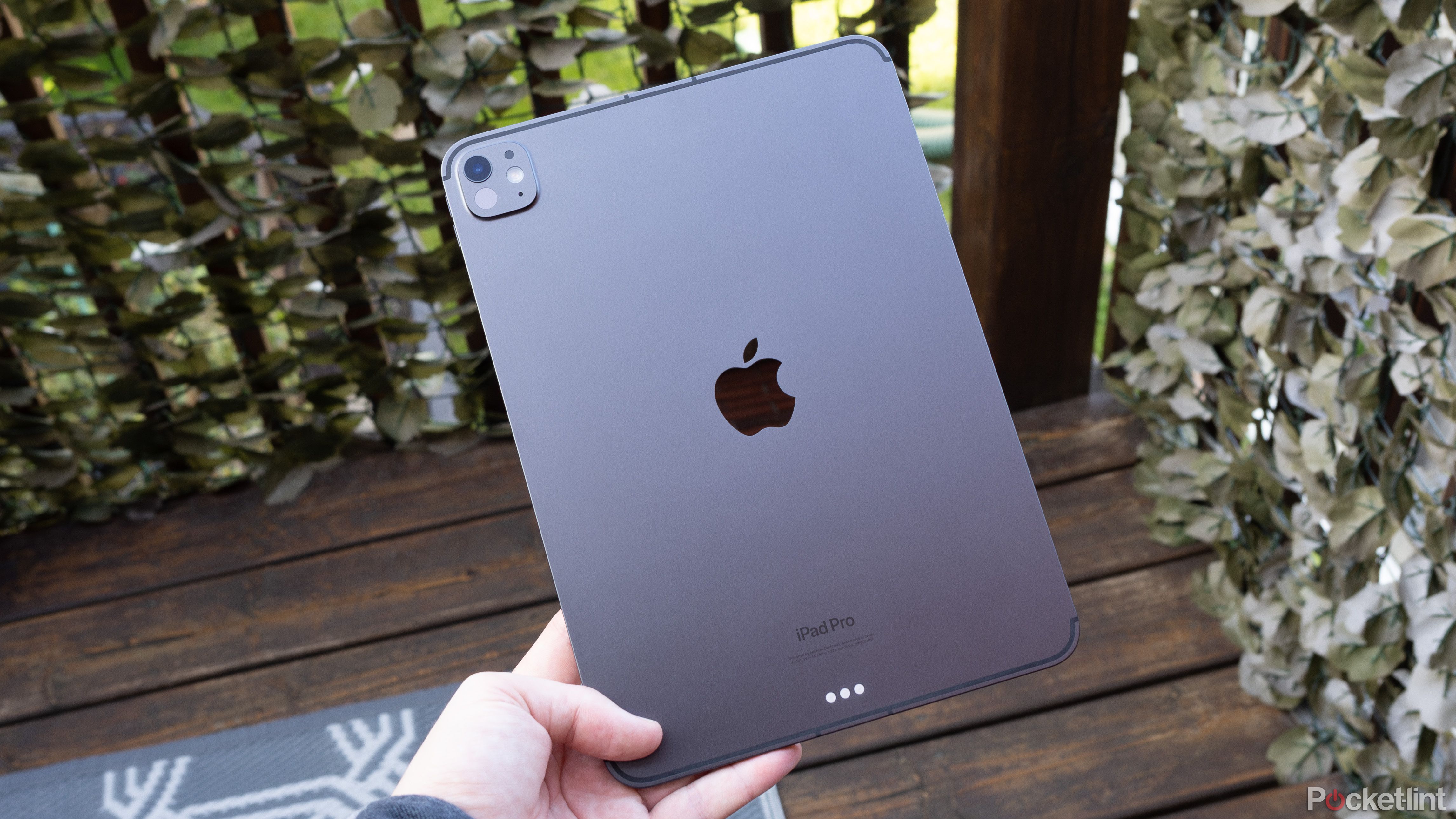
You may also like
I’m not holding my breath for the M5 iPad Pro – here’s why
Issues with justifying the iPad Professional’s existence are solely going to accentuate.
Trending Merchandise

Wireless Keyboard and Mouse, Ergonomic Keyboard Mo...

Wi-fi Keyboard and Mouse Combo – Rii Commonp...

LG FHD 32-Inch Computer Monitor 32ML600M-B, IPS wi...

ASUS RT-AX86U Pro (AX5700) Dual Band WiFi 6 Extend...


